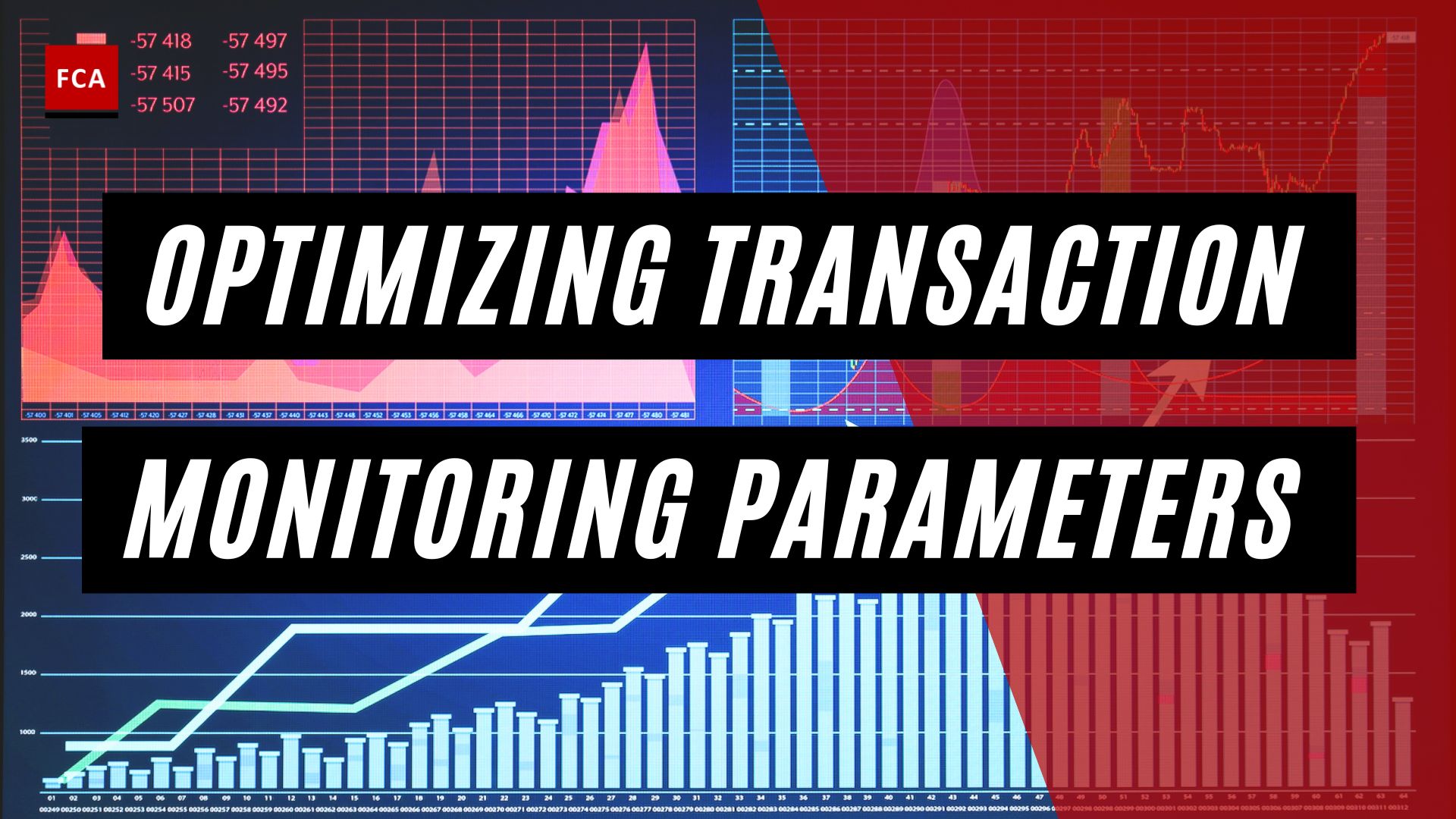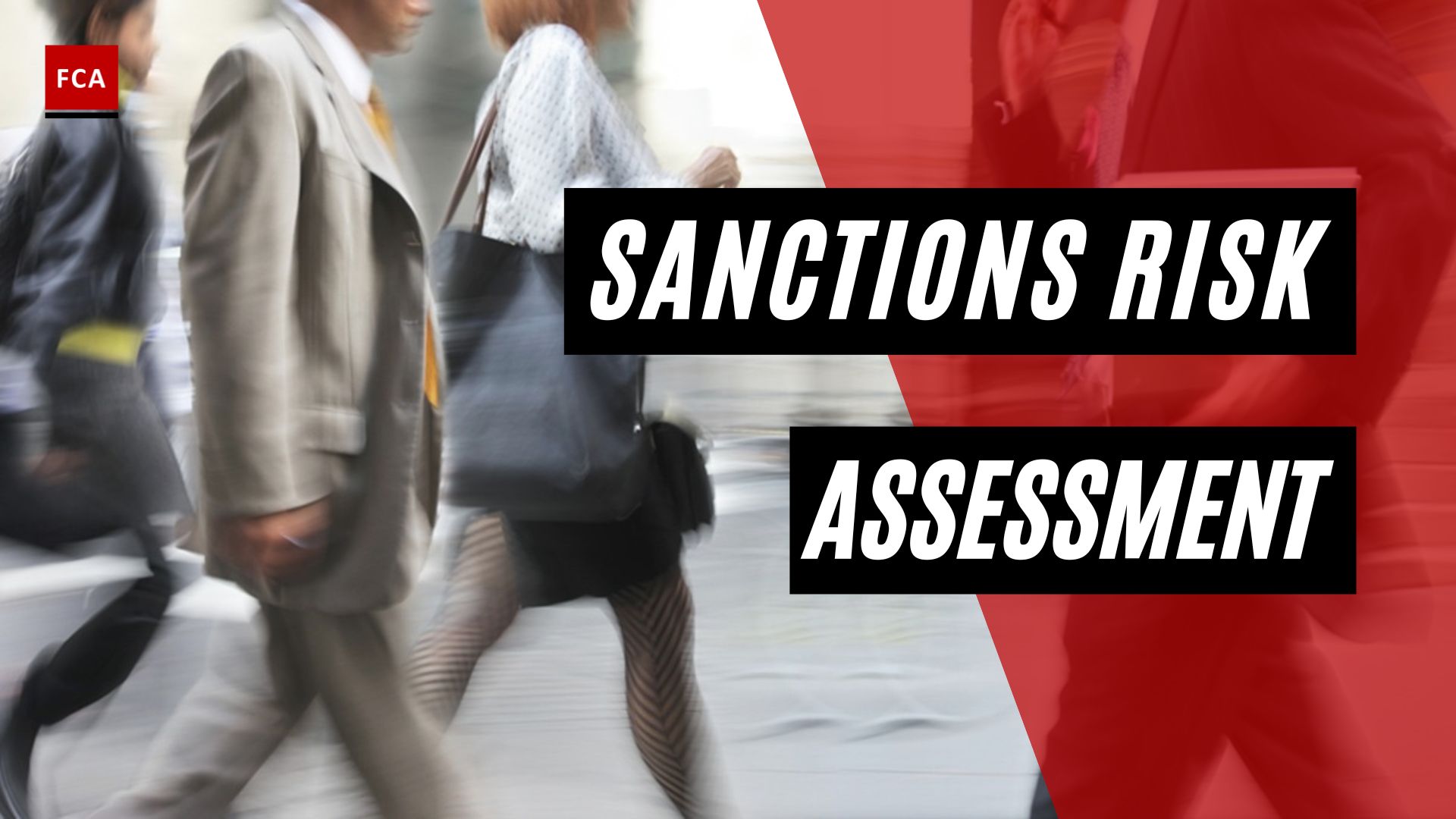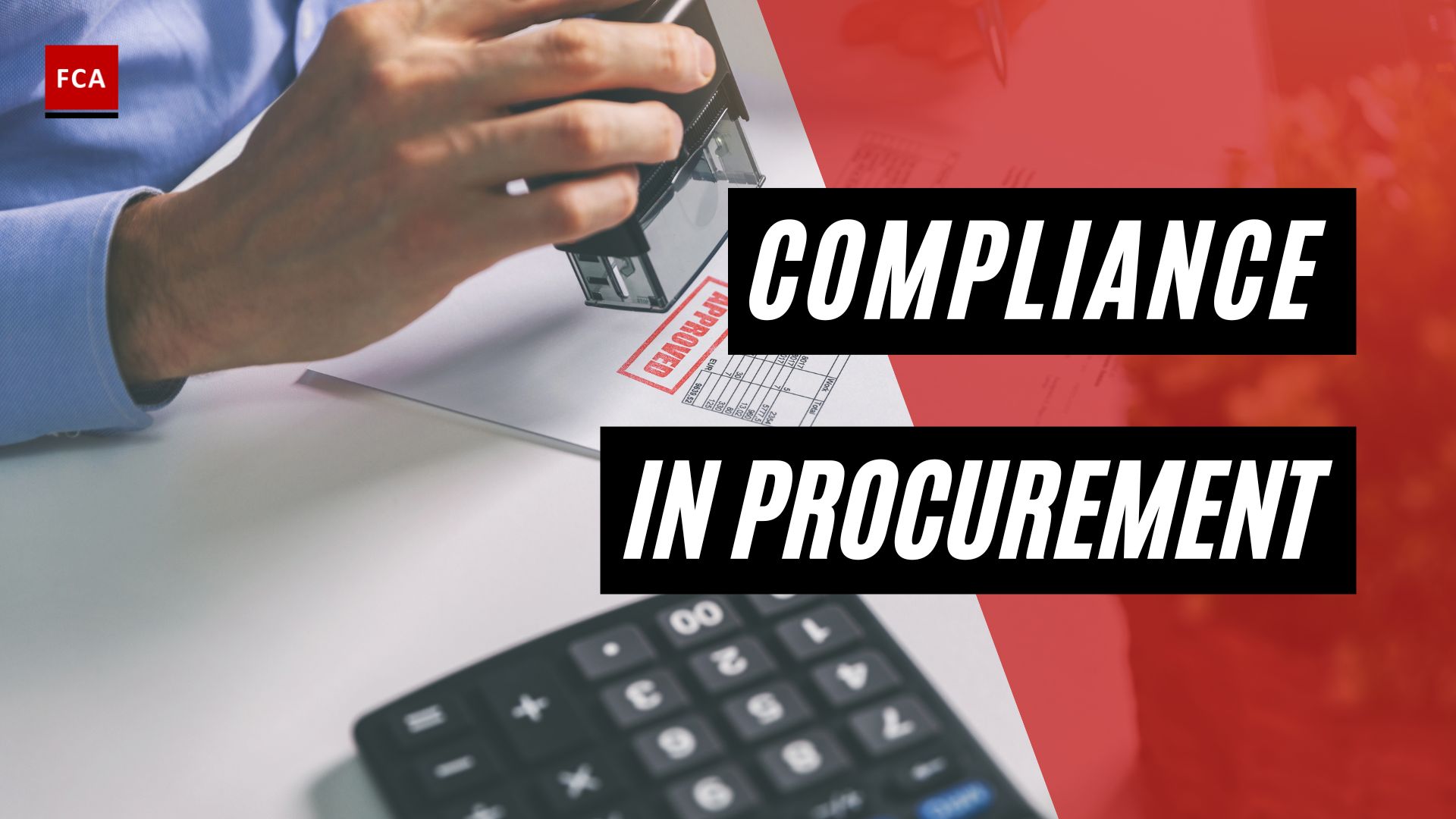It’s important to understand the differences between name screening and payment screening. Let’s learn more about these terms and get to understand their differences and similarities.
Name Screening And Payment Screening
Businesses should use AML Screening software to scan current and potential customers for sanctions, PEPs, banned/wanted lists, and negative media data. Companies should use AML Screening software to scan their current and potential customers for sanctions, PEPs, banned/wanted lists, and negative media data. The primary component of anti-money laundering compliance is AML screening.

What Is Name Screening?
Name screening is the process of matching an internal record against a sanctioned list record, either manually or through an automated screening tool. Name screening may also include batch screening, which allows a firm to screen its entire customer base and other entities, such as vendors, using automatic screening tools on a periodic basis.
When onboarding new customers, sanctions screening is undertaken prior to accepting a new customer relationship and is done in real-time. Name screening forms a part of entry controls, which gives the financial institution more opportunities to collect sanctions due diligence information. It is generally more feasible to stop a customer’s onboarding when list screening flags a possible connection between a customer and a sanctions list.
What Is The Purpose Of Name Screening
Name screening serves two functions. The first goal is to create a risk assessment. Risk assessment is critical because it assists organizations in identifying high-risk customers and taking the necessary steps to monitor their financial activities. Customer Due Diligence (CDD) and Know Your Customer (KYC) are two additional compliance programs that assist businesses in developing risk assessments.
The second goal of name screening is to assist organizations in detecting and reporting suspicious activity. Companies that do not follow AML regulations face penalties. As a result, businesses use Name Screening software to check their customers’ names against sanctions lists, PEPs lists, and negative media data.
What Is Payment Screening?
Payment screening focuses on screening payment messages. Unlike name screening, payment screening takes place with current customers and is performed before payment or message is processed. Payment screening relies on payment messages using predefined templates, codes, and acronyms to describe certain information. The information provided in these predefined templates is typically provided by a third party; therefore, the firm has little, if any, control over how the data is presented.
Organizations and, in particular, financial institutions are required to freeze or block assets of sanctions targets and are prohibited from dealing in the funds of a sanctions target. When an institution relies on batch screening for payments, screening is taking place ex-post—after the transaction has been processed. This method fails to ensure that the institution stops payments to a sanctions target. Therefore, from an operational and regulatory expectation, payment screening must take place in real-time or ex-ante—before payments are processed. This is due to the immediate liability aspect of sanctions.
In payment screening, because firms receive information from outside parties, the quality may be beyond a firm’s control. For this reason, it is important to apply human intelligence and judgment to the screening process and to work on, as necessary, the ongoing recalibration of software, data cleaning, and remediation to sustain an effective screening operation.
Final Thoughts
Regulations from government agencies around the world aimed at preventing financial crimes and terrorist activities have spread vital protection, but compliance with such regulations is difficult for organizations. The key screening features and processes that can be used to achieve the best cost efficiency were discussed.
Effective data preparation, regardless of the writing system used to capture the original source data, is critical in reducing the number of false positives and the risk of false negatives. Techniques such as risk scoring and the use of secondary identifiers can also help you identify the individuals and entities in a PEP database who pose the greatest threat to your organization, allowing you to take swift action to eliminate unnecessary sources of risk.








